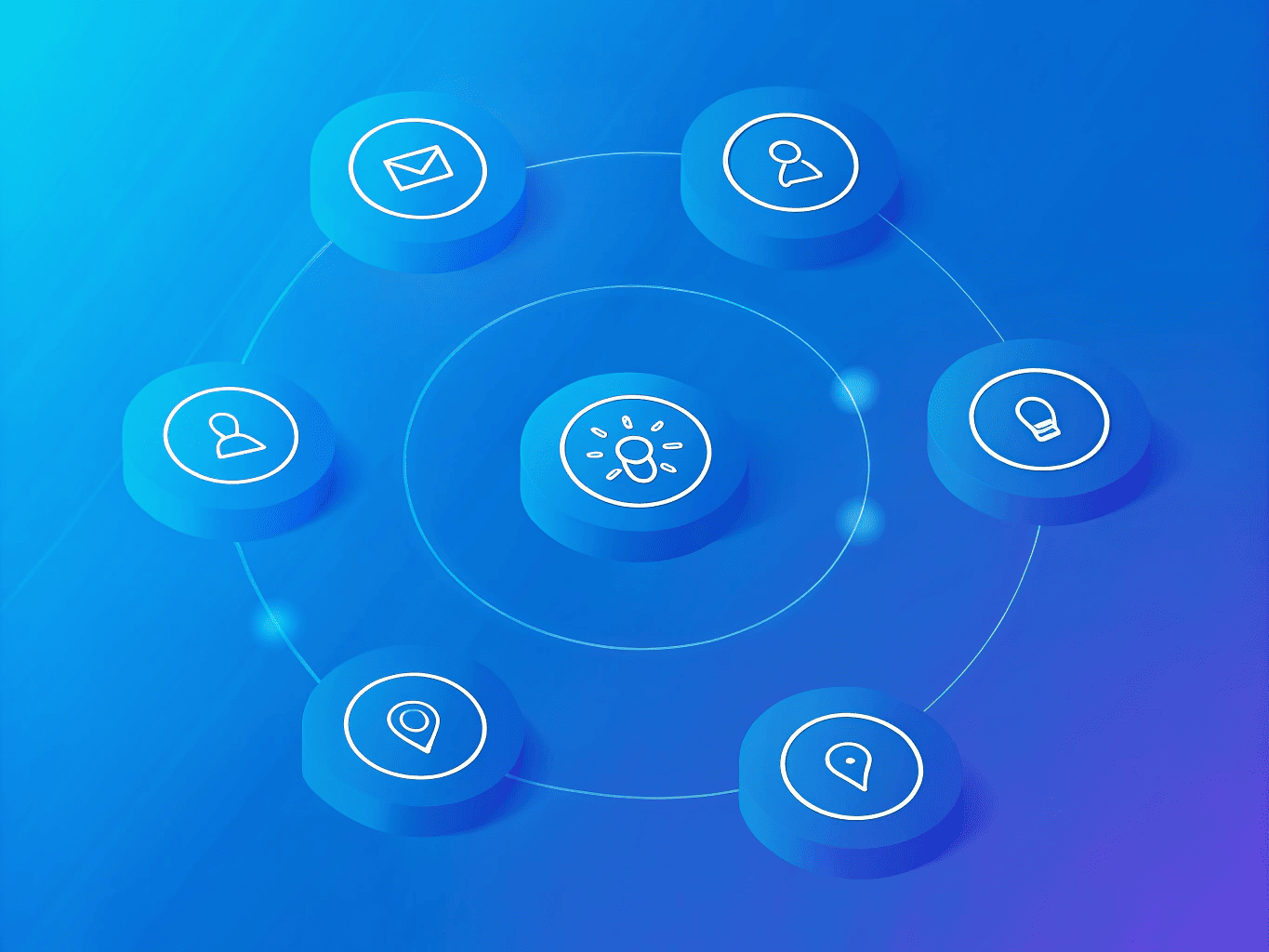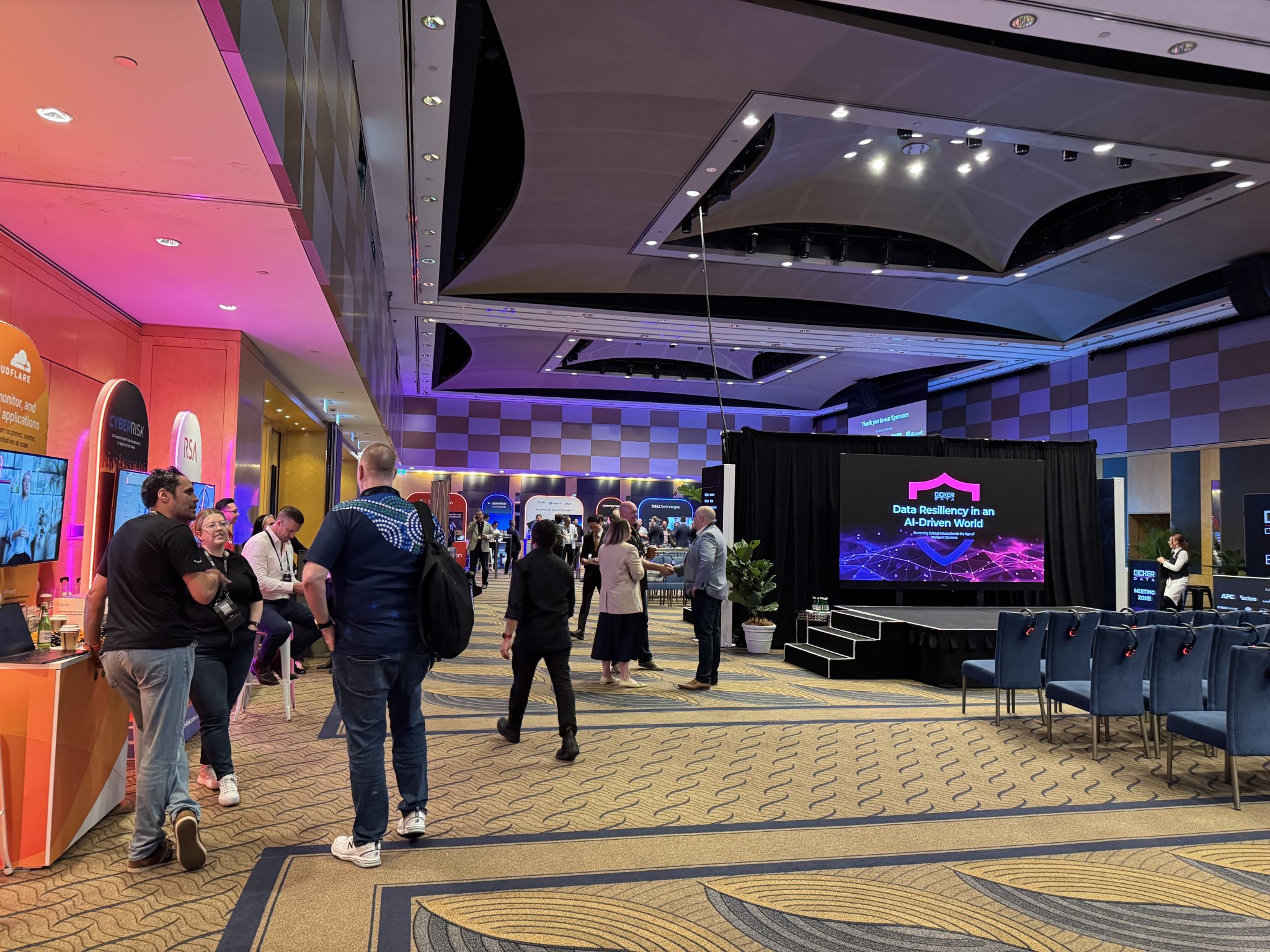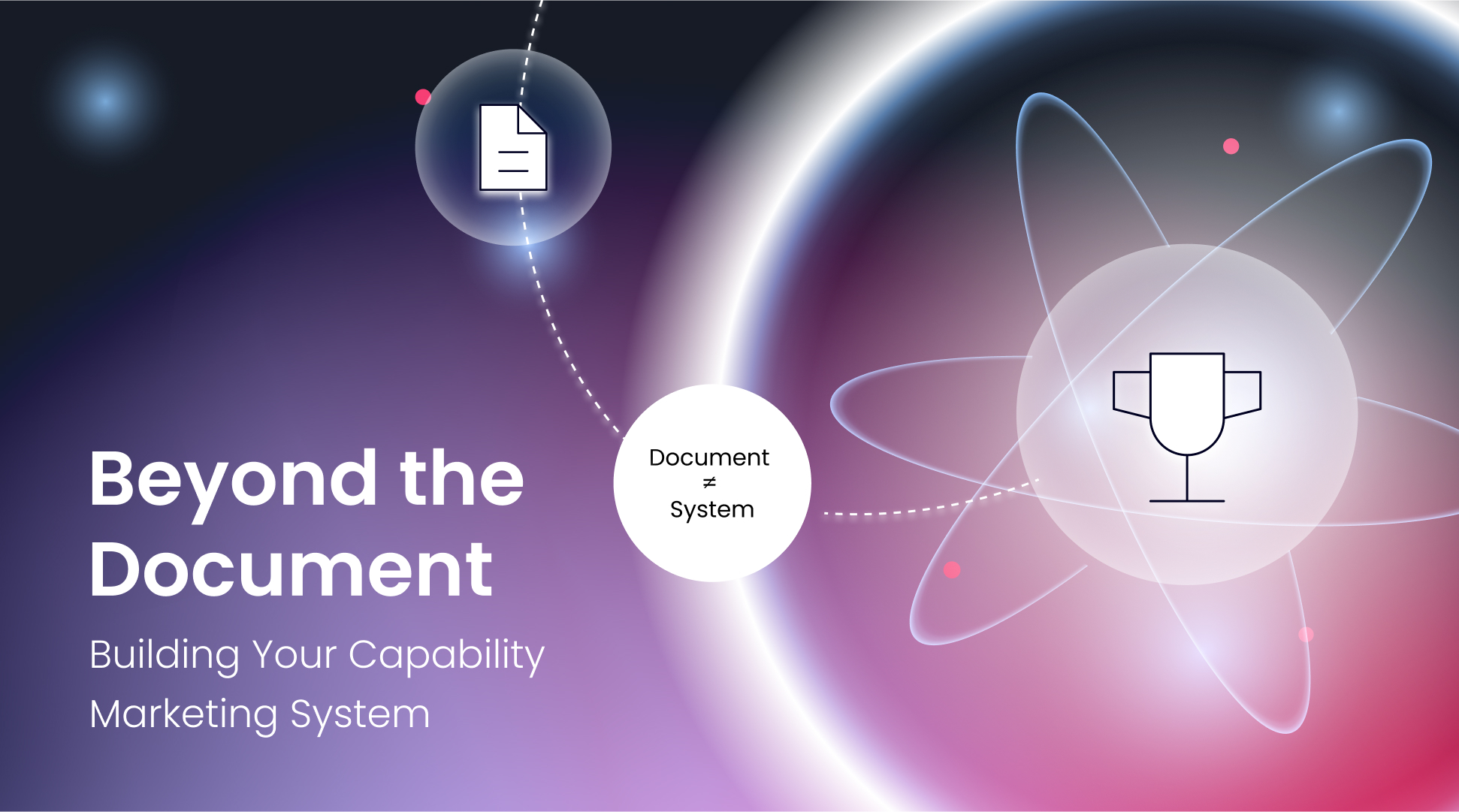Looking to create a unified marketing strategy that actually works? Integrated Marketing Communication (IMC) is your answer. Instead of scattered campaigns across different channels, IMC connects all your marketing messages into one cohesive brand story.
What you’ll learn:
- 9 proven IMC tools driving results in 2025
- Real examples from brands like Apple, Red Bull, and HubSpot
- How to align your marketing mix for maximum impact
- Actionable strategies you can implement today
Whether you’re managing social media, running ads, or planning events, these tools help ensure every touchpoint reinforces your brand message. Let’s explore how to build marketing campaigns that work with each other, not against each other.
What Is Integrated Marketing Communication (IMC)?
IMC is a strategic method that ensures all your brand’s messages—whether through ads, social media, or customer interactions—work together as a unified voice. The goal? To create consistent brand equity and forge stronger connections with your target audience.
IMC is the glue that binds together the classic marketing mix: Product, Price, Place, and Promotion. It helps every touchpoint, from product design to point of sale, reflect your brand’s identity. With tools covering the likes of public relations and digital campaigns, IMC ensures your audience hears the same story no matter where they encounter your brand.
Why does this matter? Because consistency builds trust. And trust turns casual customers into loyal advocates.
Why Is Integrated Marketing Communication So Important?
Here’s the deal: in a world overloaded with information, IMC cuts through the noise. It’s a proven way to align your goals, capture attention, and maintain lasting relationships with your audience. According to a study by Nielsen, brands with integrated campaigns see a 20% increase in campaign effectiveness compared to disjointed efforts [source].
IMC’s strength lies in its versatility. It works across multiple channels and tools, allowing you to tailor your approach while keeping your core message intact. Whether it’s a billboard ad or a targeted email, IMC ensures your brand feels familiar and reliable.
Ready to see how it works in practice? Let’s break down the 9 key tools of Integrated Marketing Communication and how they’re being used by brands in 2025.
What Are the 9 Essential Tools for Integrated Marketing Communication?
#1: Traditional Advertising – What Is Advertising in IMC, and How Does It Work?
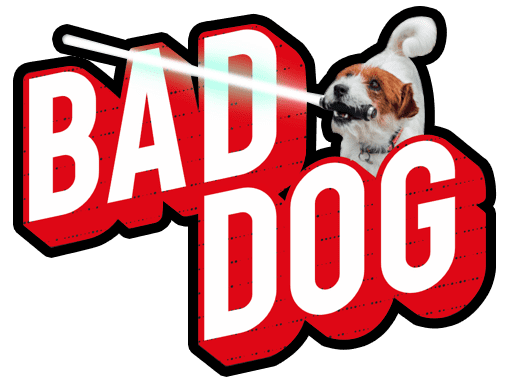
Advertising remains a powerhouse for reaching massive audiences quickly. It’s a paid form of communication designed to shape your brand’s personality and broadcast your message with impact. While it can be costly, its wide reach often delivers long-term value.
Take Budget Direct, an Australian insurance company, as an example. They ran a successful TV ad campaign featuring a dog wielding a lightsaber, injecting some humour into the otherwise dry topic of insurance. This creative approach connects emotionally with viewers, making the brand relatable.
Key Insight: Focus on storytelling in ads. A memorable narrative, like Budget Direct’s, can make your brand stand out.
#2. Direct Marketing – How Does Direct Marketing Fit Into IMC?
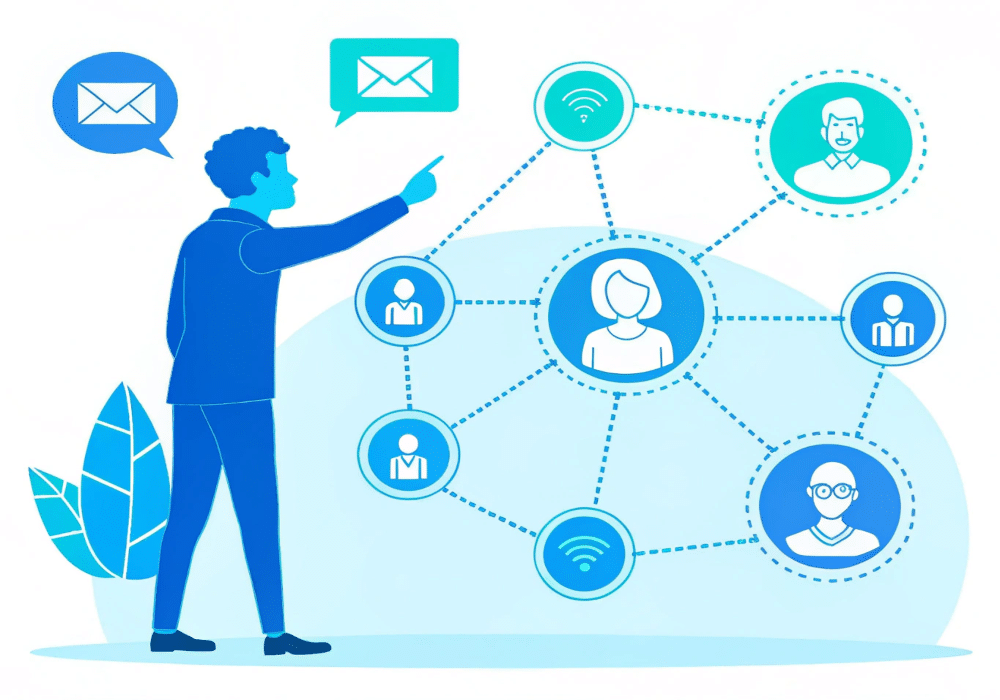
Direct marketing is all about precision. Unlike mass advertising, it targets specific individuals with shared interests, boosting the likelihood of engagement. It’s personal, direct, and often drives immediate action.
We can point to Spark Interact’s (a web design & digital marketing company) own direct marketing efforts as an example. As a Sydney-based digital agency, we use email marketing (EDM) to connect with pre-committed audiences, sharing tailored messages about our services. The result? Higher conversion rates–and we’re not alone. HubSpot reports that email marketing yields an average ROI of $42 for every $1 spent [source].
Key Insight: Personalisation is key. Use data to segment your audience for maximum impact.
#3. Digital Marketing – Why Is Digital Marketing a Core IMC Tool?
Within a tech-driven world, using the internet to promote your brand is a no-brainer. It spans everything from search engine optimisation (SEO) and blogs to social media ads and email campaigns.
Consider the collaboration between League of Legends and Mercedes-Benz. During the 2020 Worlds esports event, Mercedes used tailor-made videos and streaming platform sponsorships to promote their A-Class and B-Class vehicles. This partnership amplified their reach to younger demographics while maintaining their luxury image.
Key Insight: According to Statista, the global digital ad spend is on track to hit $740 billion in 2025 [source]. To stay competitive, marketing budgets need to make a lot of room for expenditure on digital campaigns.
#4. Sales Promotion – What Role Does Sales Promotion Play in IMC?
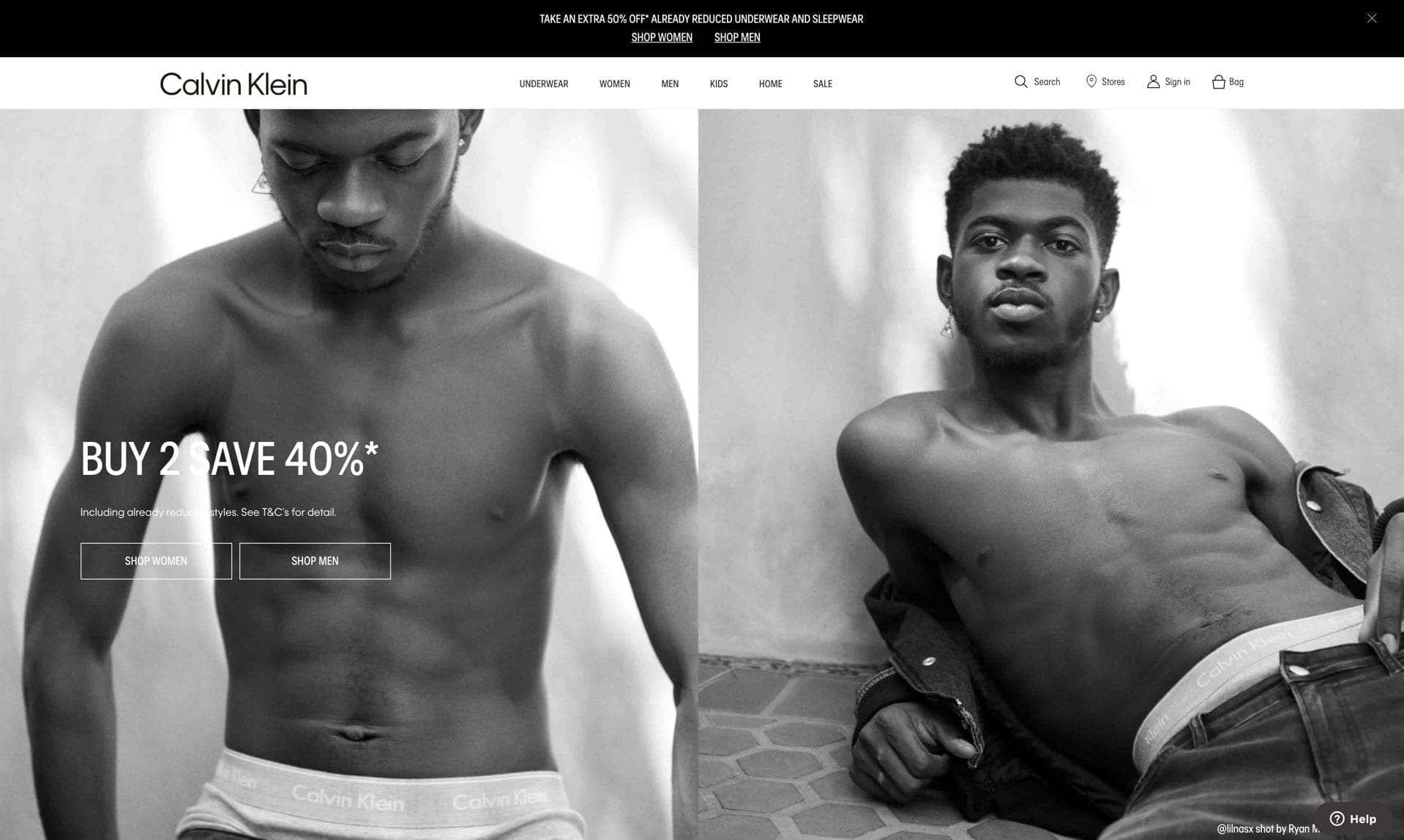
Sales promotions are short-term incentives designed to boost purchases and attract new customers. They’re split into two types: consumer-oriented (discounts, freebies) and trade-oriented (wholesale incentives).
Fashion giant Calvin Klein regularly uses promotions like “buy 3, save 30%” to draw in loyal fans and first-time buyers alike. On the trade side, offers like “buy one, get one half price” encourage retailers like Myer to stock more CK products. These tactics create buzz and drive sales fast.
Key Insight: A McKinsey report shows promotions can increase sales by up to 25% during campaigns [source]. Use time-sensitive offers to create urgency and push customers to act now.
#5. Public Relations – How Does Public Relations (PR) Enhance IMC?

Public relations is about shaping a positive brand image through credibility and trust. It’s not just paid ads—PR often leads to “free” publicity when done right. It’s all about fitting your brand into your audience’s lifestyle.
Anheuser-Busch, an American brewery, did this brilliantly. During the pandemic, they repurposed resources to produce hand sanitisers, donating them to communities and voting booths. PR like this shows transparency and builds loyalty, and studies show that 70% of consumers trust brands with strong community involvement [source].
Key Insight: Align PR with social causes. Authenticity in your actions wins hearts and headlines.
#6. Content Marketing – What Makes Content Marketing a Vital IMC Tool?
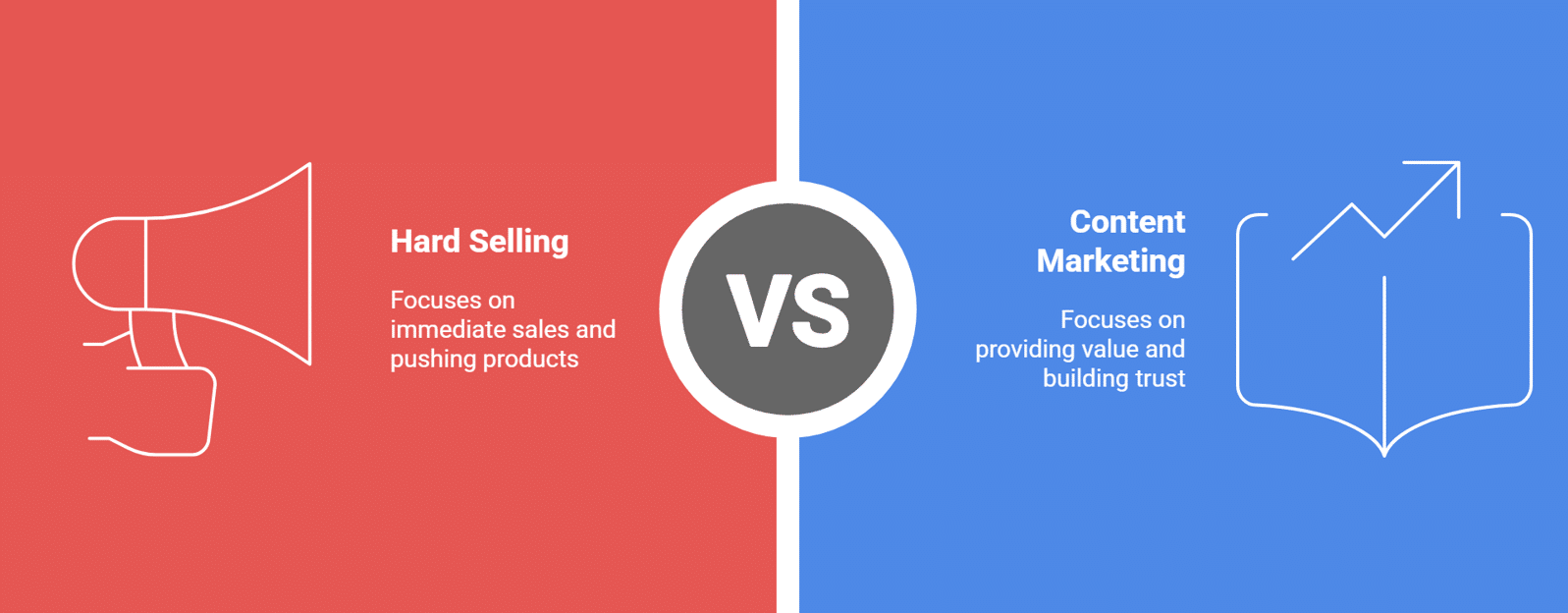
Content marketing isn’t about hard selling; it’s about providing value. By creating blogs, videos, podcasts, or social posts, you educate and engage your audience while building trust as an authority.
Think of a fitness brand publishing free workout guides or nutrition tips. They’re not pushing a product—they’re helping their audience. Over time, this trust turns viewers into buyers. According to the Content Marketing Institute, 70% of consumers prefer learning about a brand through content rather than ads [source].
Key Insight: Focus on solving problems. Useful content keeps your audience coming back.
#7. Influencer Marketing – How Can Influencer Marketing Boost Your IMC Strategy?
Influencer marketing taps into the power of trusted voices. By partnering with individuals who have loyal followings, you gain authentic access to niche audiences on platforms like Instagram or TikTok.
For example, a beauty brand working with a popular makeup artist on YouTube can reach thousands of engaged viewers. The influencer’s endorsement feels personal, not forced. A Business Insider report predicts the influencer marketing industry will reach $24 billion by 2025 [source].
Key Insight: Choose influencers who align with your values. Authenticity drives better results than follower count alone.
#8. Event Marketing – Why Should You Consider Event Marketing in IMC?
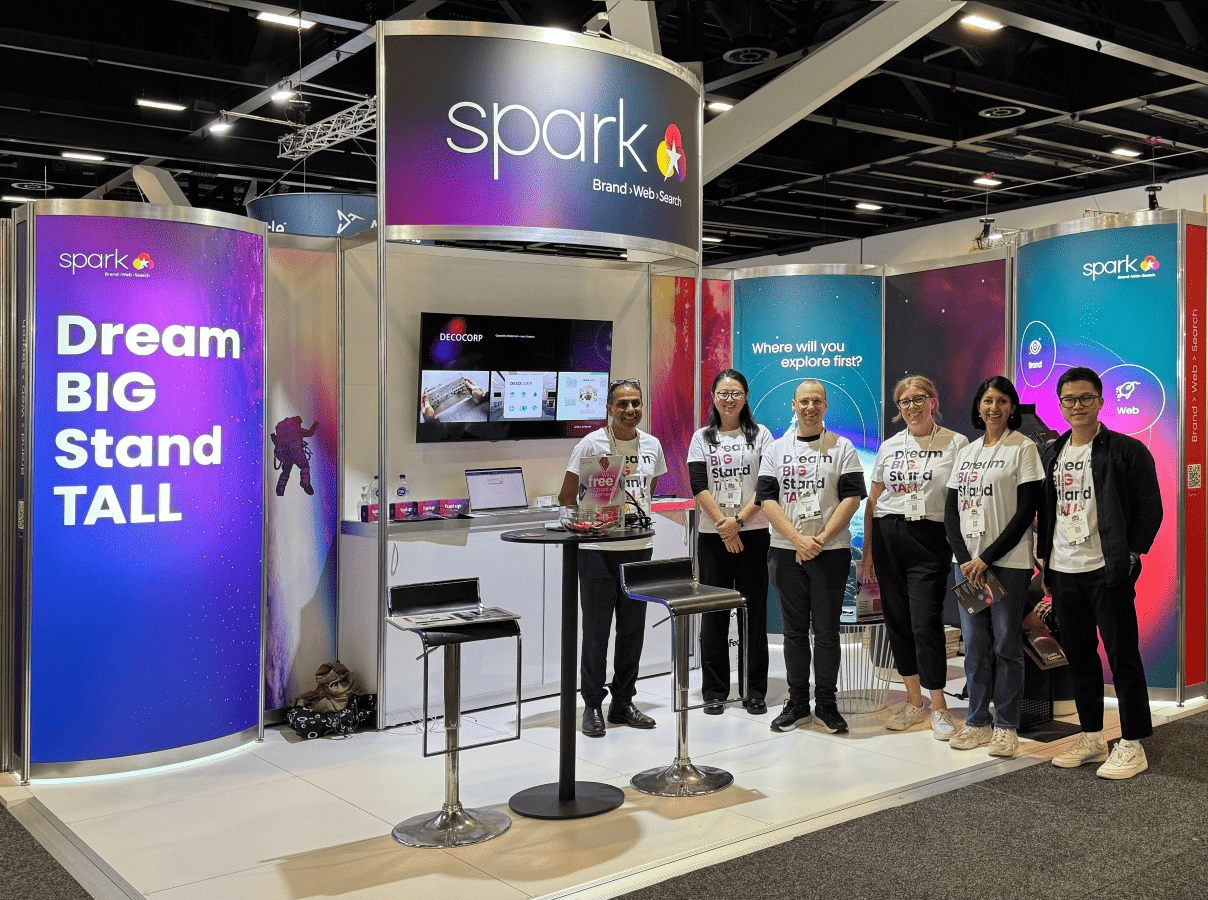
Event marketing creates real, memorable experiences. Whether it’s a product launch, trade show, or community event, it lets you connect directly with your audience in a meaningful way.
Imagine a tech brand hosting a live demo at a conference. Attendees interact with the product, ask questions, and leave with a lasting impression. Events build relationships that digital ads can’t replicate. Research from EventMB shows that 85% of attendees are more likely to purchase after attending a brand event [source].
Key Insight: Focus on interactivity. Hands-on experiences stick with your audience longer.
#9. Sponsorship Marketing – What Are the Benefits of Sponsorship Marketing in IMC?
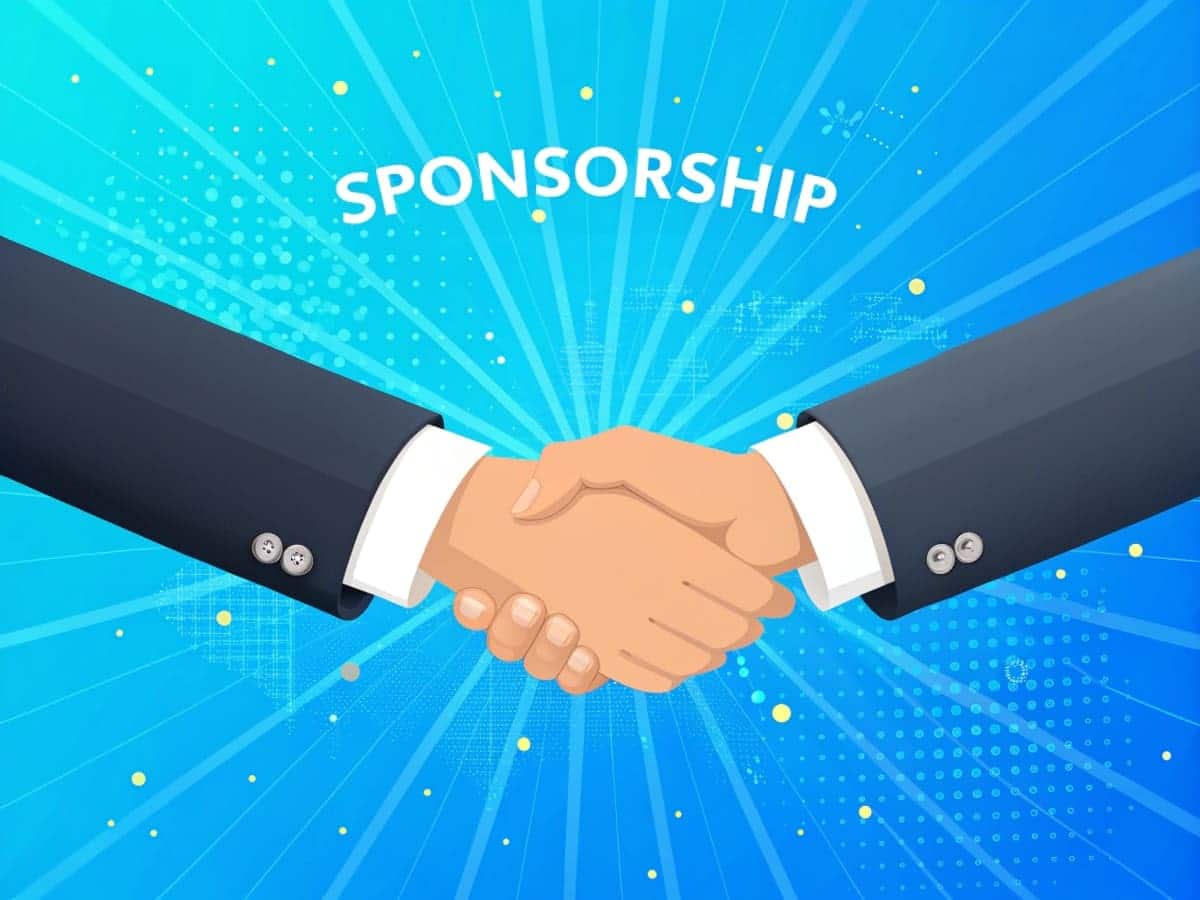
Sponsorship marketing links your brand with events, causes, or organisations that share your values. It’s a subtle way to gain visibility while showing community support.
Think of a sports brand sponsoring a local marathon. Runners and spectators associate the brand with health and community, transferring positive feelings to the company. Sponsorships also offer exposure through event branding and media coverage.
Key Insight: Start small. Groups that really need your support will be more vocal with praise.
PRO Tip: How to Mix IMC Tools for Maximum Impact
Want to supercharge your strategy? Don’t rely on just one tool—combine them for a cohesive campaign. Here’s how I’ve done it with clients:
- Pair digital marketing (social ads) with influencer marketing to amplify reach.
- Use sales promotions alongside direct marketing (targeted emails) to drive quick conversions.
- Blend event marketing with PR to turn a live experience into earned media coverage.
Start small: test two tools together, track results with analytics, and scale what works. Integration is the heart of IMC, so ensure every touchpoint reflects your core message.
Frequently Asked Questions (FAQs)
What Are the Main Tools of Integrated Marketing Communication?
The primary IMC tools include advertising, direct marketing, digital marketing, sales promotion, public relations, content marketing, influencer marketing, event marketing, and sponsorship marketing. Each plays a unique role in unifying your brand’s message.
How Do IMC Tools Differ from Traditional Marketing?
IMC tools focus on consistency across all channels, ensuring a seamless brand story. Traditional marketing often operates in siloes, with separate strategies for ads, PR, or sales that may not align.
Can Small Businesses Use IMC Tools Effectively?
Absolutely. Small businesses can start with cost-effective tools like digital marketing (social media, blogs) and direct marketing (emails). As budgets grow, they can expand into advertising or events.
How Do I Measure the Success of IMC Campaigns?
Track metrics like website traffic, engagement rates, conversion rates, and brand sentiment. Tools like Google Analytics and social media insights can help. Also, look at the overall ROI to gauge financial impact.
Conclusion
Integrated Marketing Communication isn’t just a buzzword—it’s a game-changer for businesses in 2025. By using these 9 essential tools, from advertising to sponsorship marketing, you can create a unified brand voice that resonates with your audience. I’ve shared real-world examples and actionable tips to help you get started, whether you’re a small business or a global name.
Here’s my final piece of advice: start with a clear goal, pick the tools that fit your audience, and always test and tweak. Consistency is your superpower. So, which IMC tool will you try first? Feel free to reach out if you need support—I’d love to hear your plans.
Let’s make your brand unforgettable together.

